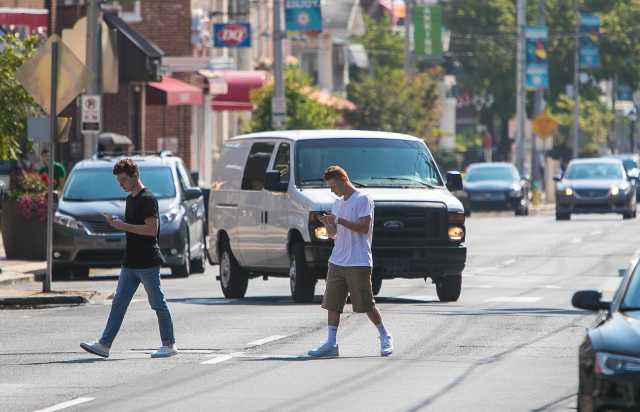Jaywalking occurs when a pedestrian walks in or crosses a roadway that has traffic, other than at a suitable crossing point, or otherwise in disregard of traffic rules.
Jaywalking laws vary widely by jurisdiction. In many countries such as the United Kingdom, the word is not generally used and there are no laws limiting how pedestrians can use public highways. This has caused confusion among tourists and other people visiting countries with such laws.
People jaywalk for various reasons, including convenience and sometimes even personal safety, generally to cross the street. Going to a crosswalk can require a long detour.
Although cultural norms about jaywalking vary by locality, the practice cannot simply be explained by corresponding differences in law. For example, cities like Copenhagen and New York City have similar restrictions on jaywalking at signalised crosswalks, but the practice is far more common in New York.
Pedestrians are often forced to walk outside crosswalks, when they are blocked by cars due to traffic congestion or drivers stopping too far forward. The common practice of car-centric traffic-signal synchronisation produces green waves for motorists but not necessarily for pedestrians, who may encounter little or no conflicting traffic at cross streets where signals instruct them to wait.
Pedestrians may dislike using crossing at intersections for other reasons, such as discomfort dealing with traffic from several directions or wanting to avoid the extra air emissions generated by vehicles stopping and starting . In rural and suburban areas, people may jaywalk due to a lack of sidewalks. Some pedestrians are unwilling to observe lengthy wait times at signals. They are also more likely to make "informal crossings" at wide roads, or at locations where formal crosswalks are too distant to be practical for them to use.

